Issue 10: Compulsory Party / Passive Aggressive
ANDREA ZITTEL
PHOTOGRAPHY BY ANDREAS LUX
WORDS BY ALESSANDRA CONTI
What's the meaning of life? Why do we exist? How should we live? These are the questions that represent the subject of Andrea Zittel’s artistic research and of her private life.
Fifteen years ago Andrea moved from New York to the desert in the Joshua Tree National Park, an extensive protected area located in Southeast California, distinguished by rust rugged rocks that evoke the mountains depicted in Andrea Mantegna’s 1400s paintings.
It is here where she finds in herself the true twin essence of her art: she wears only clothes made by her and lives and works in structures designed by her.
Her art works are design objects: carpets, tiles, furnitures, clothes, vehicles, habitable structures such as her home studio A-Z West, up to a private island which consists of an independent floating and habitable structure.
Many artists in the past have had the same strong relation between art and everyday objects; we can mention Picasso and his ceramics, Giacomo Balla and his clothes, Thayaht and his brother Ram, inventors of the revolutionary Tu Ta and the Bauhaus artists with their stunning rugs, furnitures, graphics and toys, which were exhibited in 2012 at the Barbican Centre’s self explanatory entitled “Art as Life” exhibition.
The relationship between art and life represents a fixed point that gets transformed, but never forgotten, by Zittel. Regarding her exhibition “Parallel Planar Panels” in the Berlin gallery Sprüth Magers, she explained that her new works are less traditionally functional. Her interests are now more concentrated towards simpler and elementary shapes such as panels, also called levels or fields, that enclose the physical reality of the exhibition space. As Andrea stated, each flat element, such as a table, a piece of paper or a plasterboard, are man made. These shapes are part of our every day life and involuntarily interweave between categories and social roles, defining reality.
The installation is made up of panels composed by hand-woven wool textiles (representing artisanal crafts) build on aluminium panels painted in black (representing the mass industrial production) and two sculptures, Planar Partition and Bench (as an homage to Donald Judd).
All of her work is a constant invitation to participate in a new vision of the world, intended as space, the real or the symbolic one, but always built from a model inspired by nature; and here we return to her choice to live in the desert, but with a completely different spirit from others that have preceded her, such as Georgia O'Keeffe.


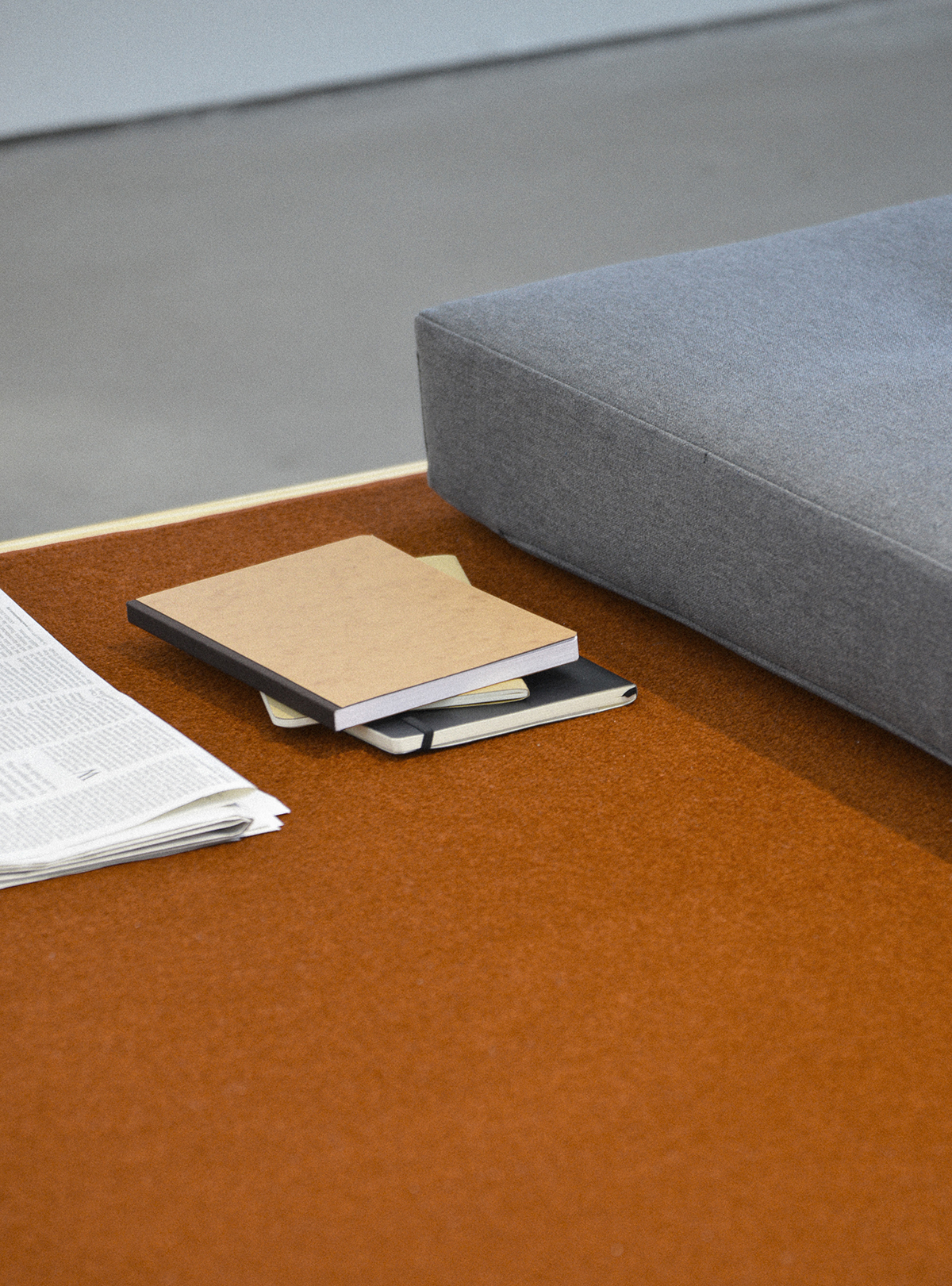
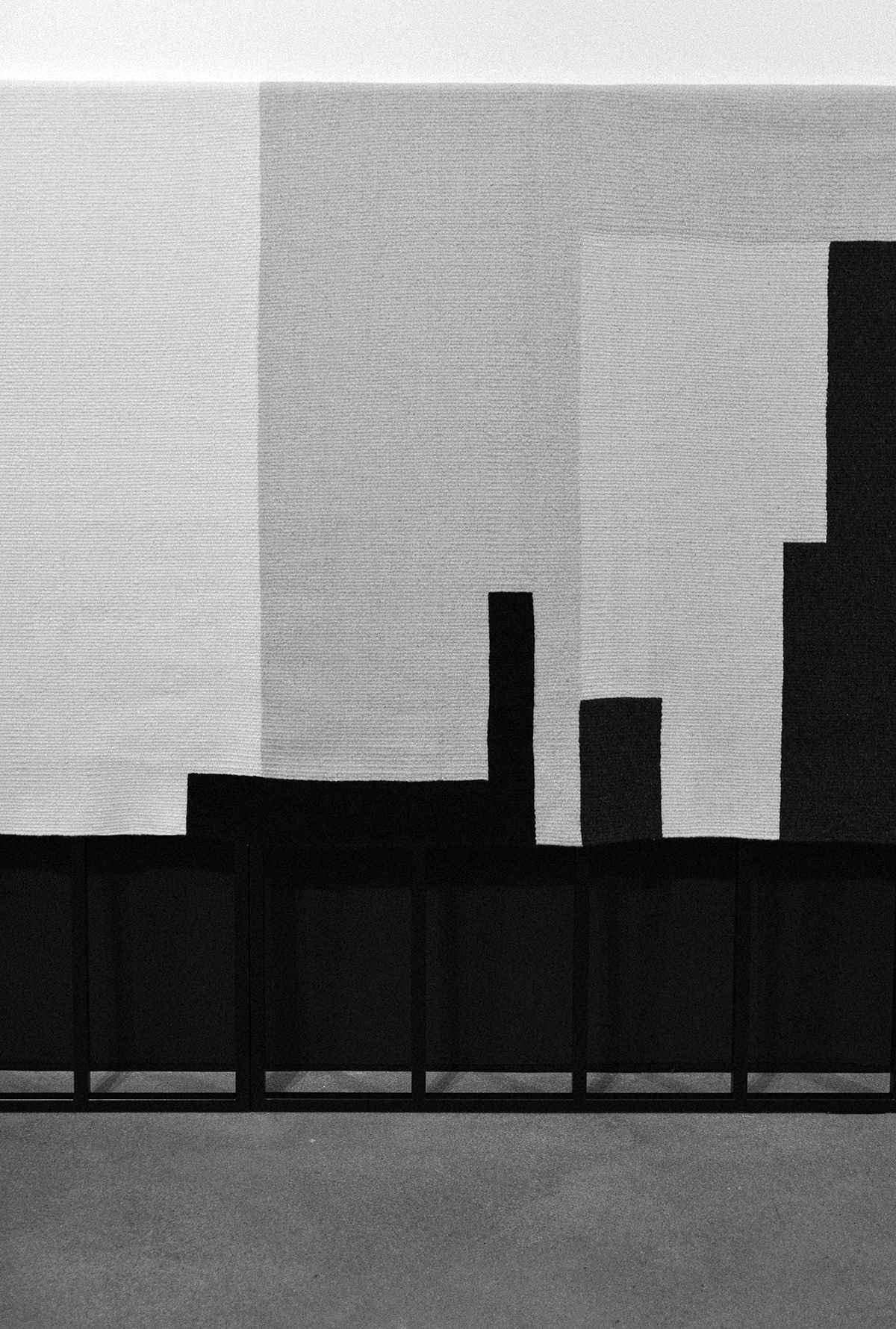

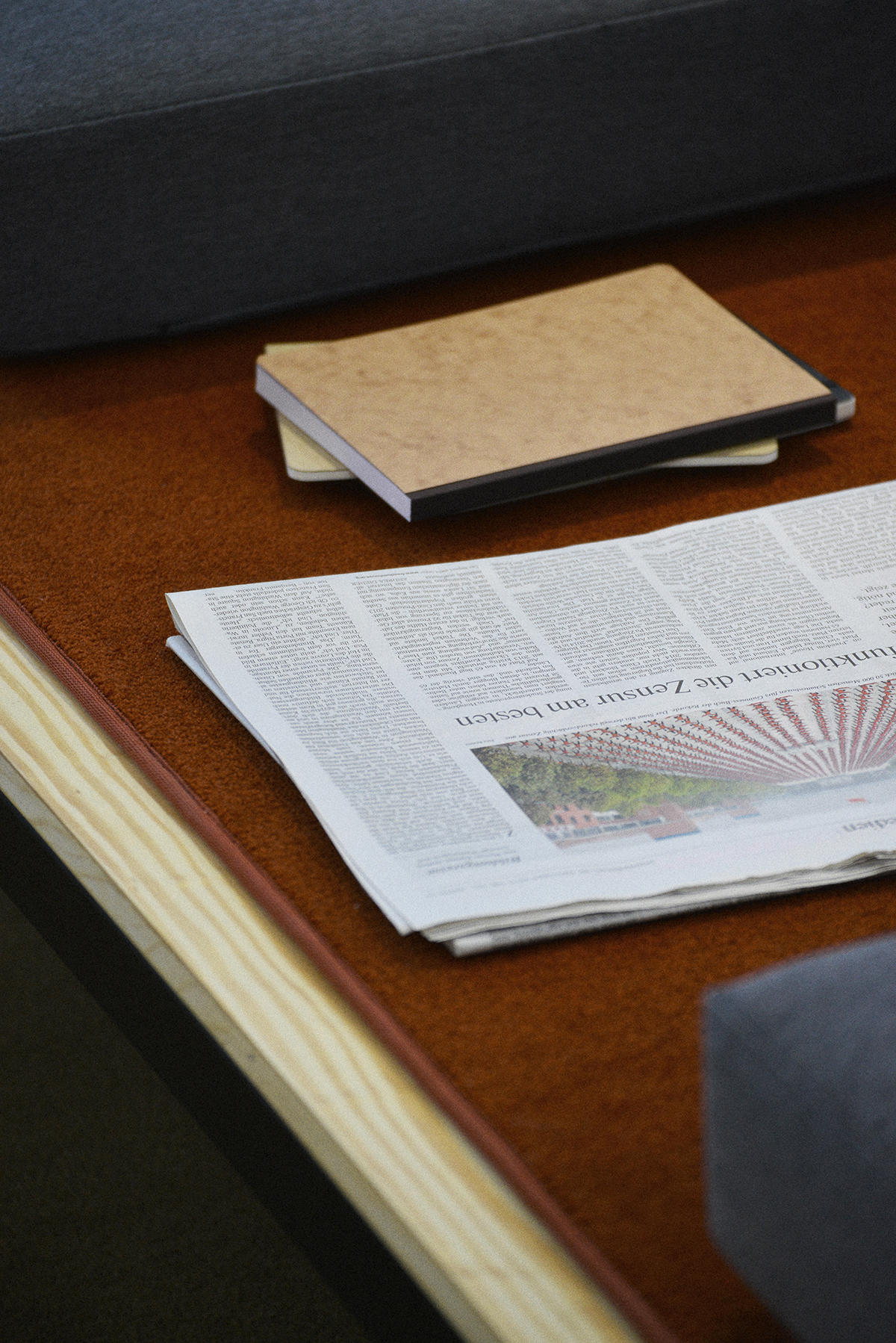
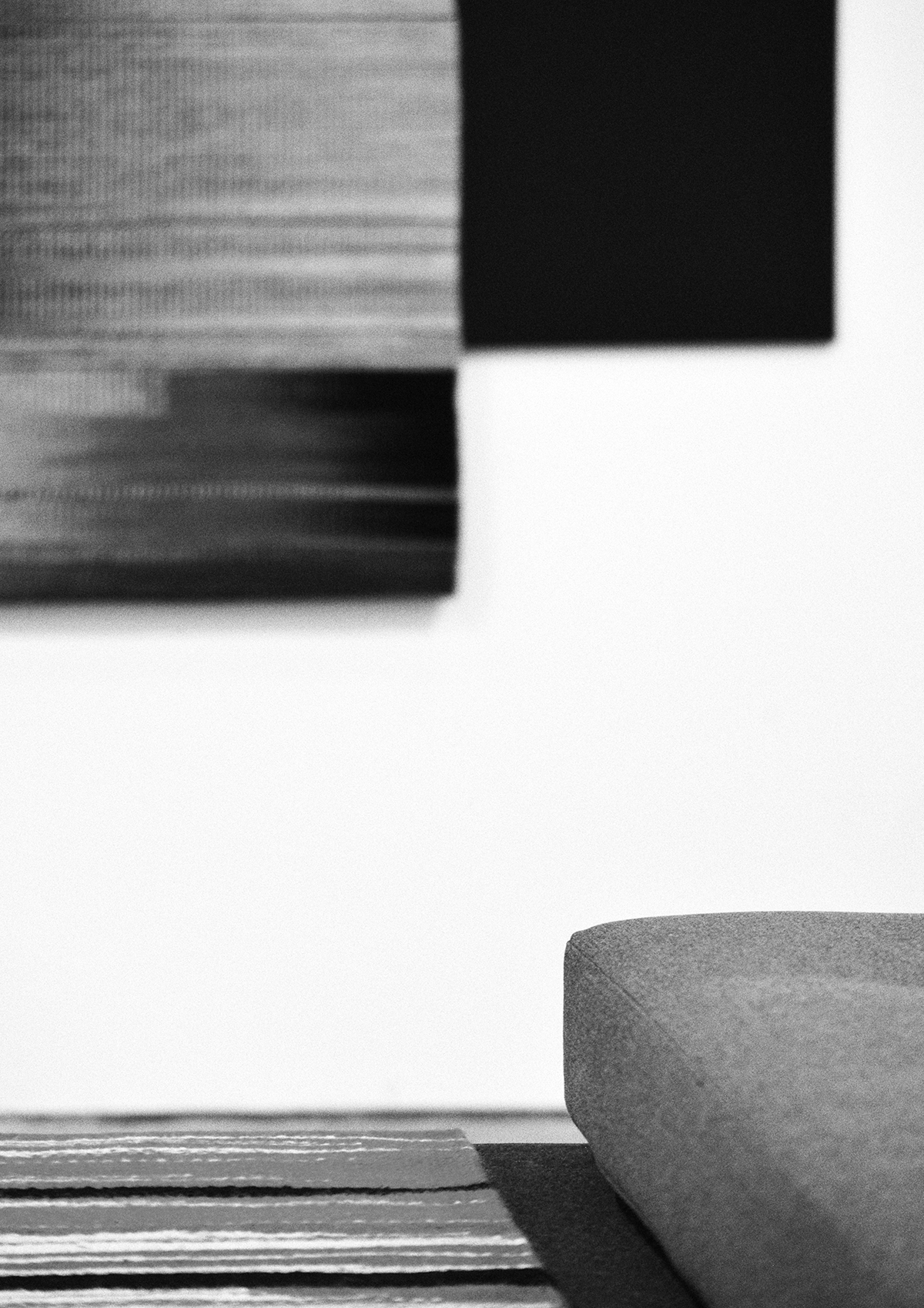
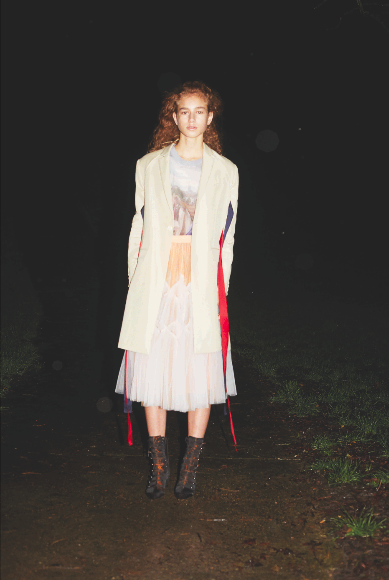
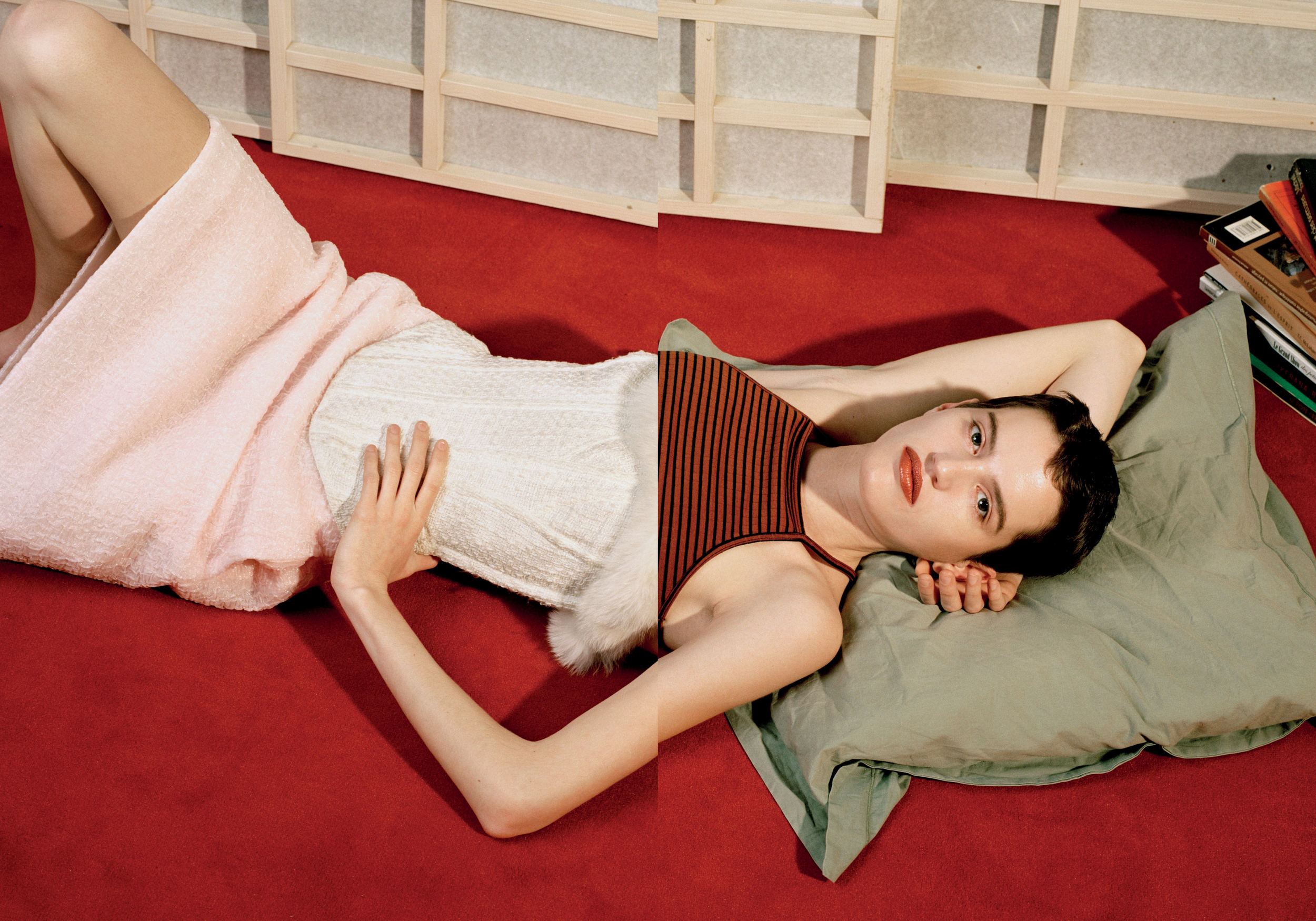
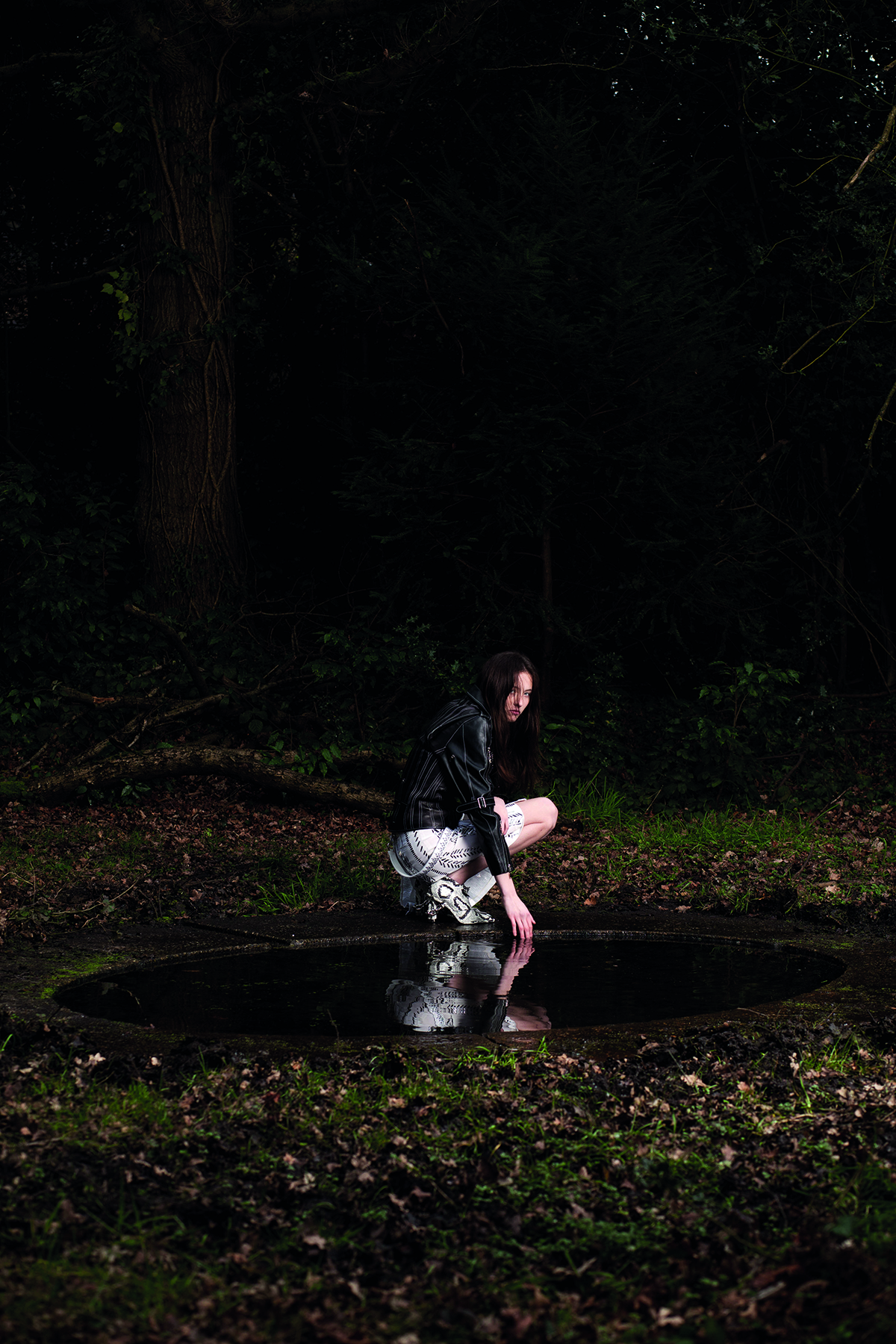
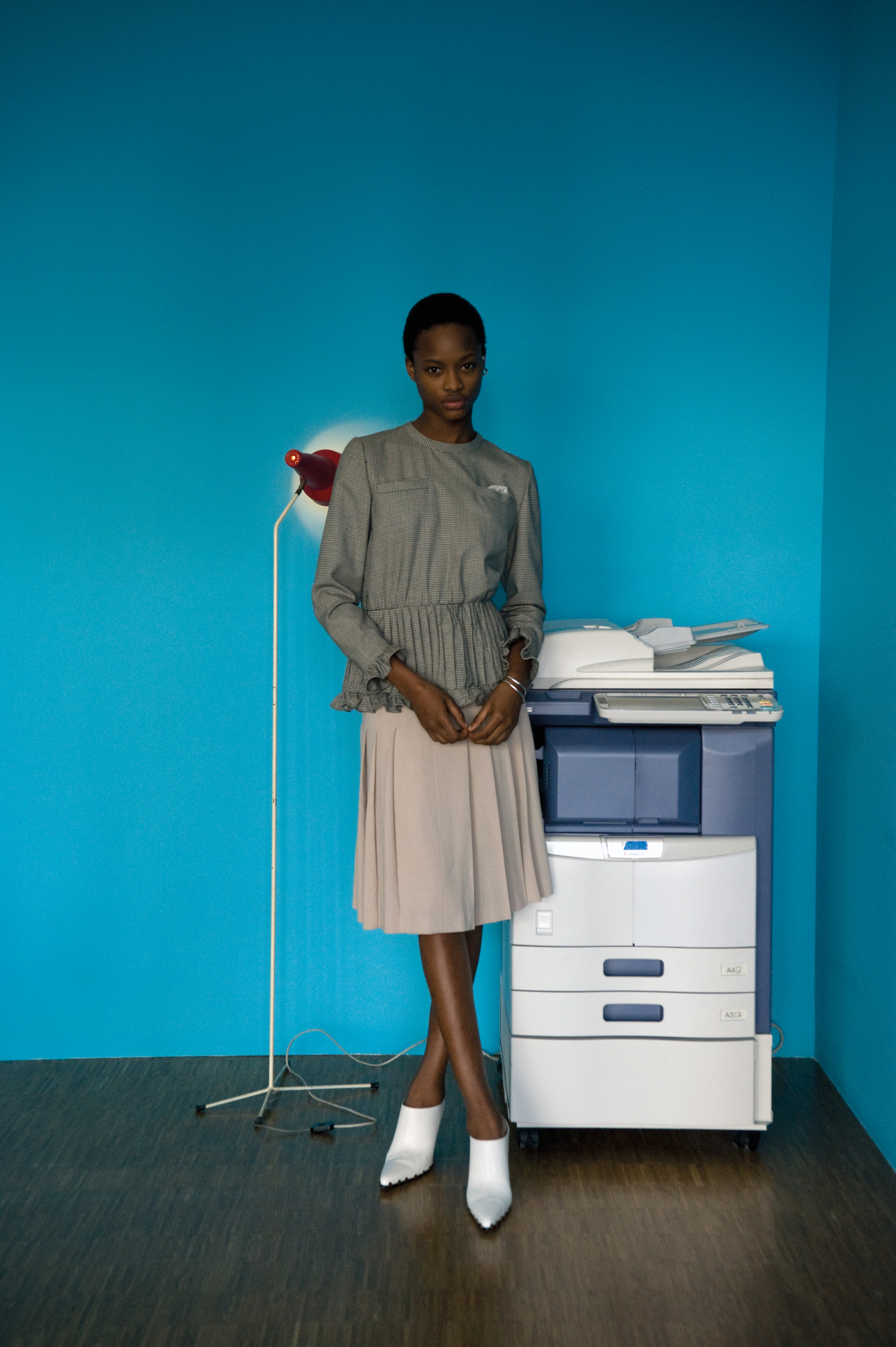




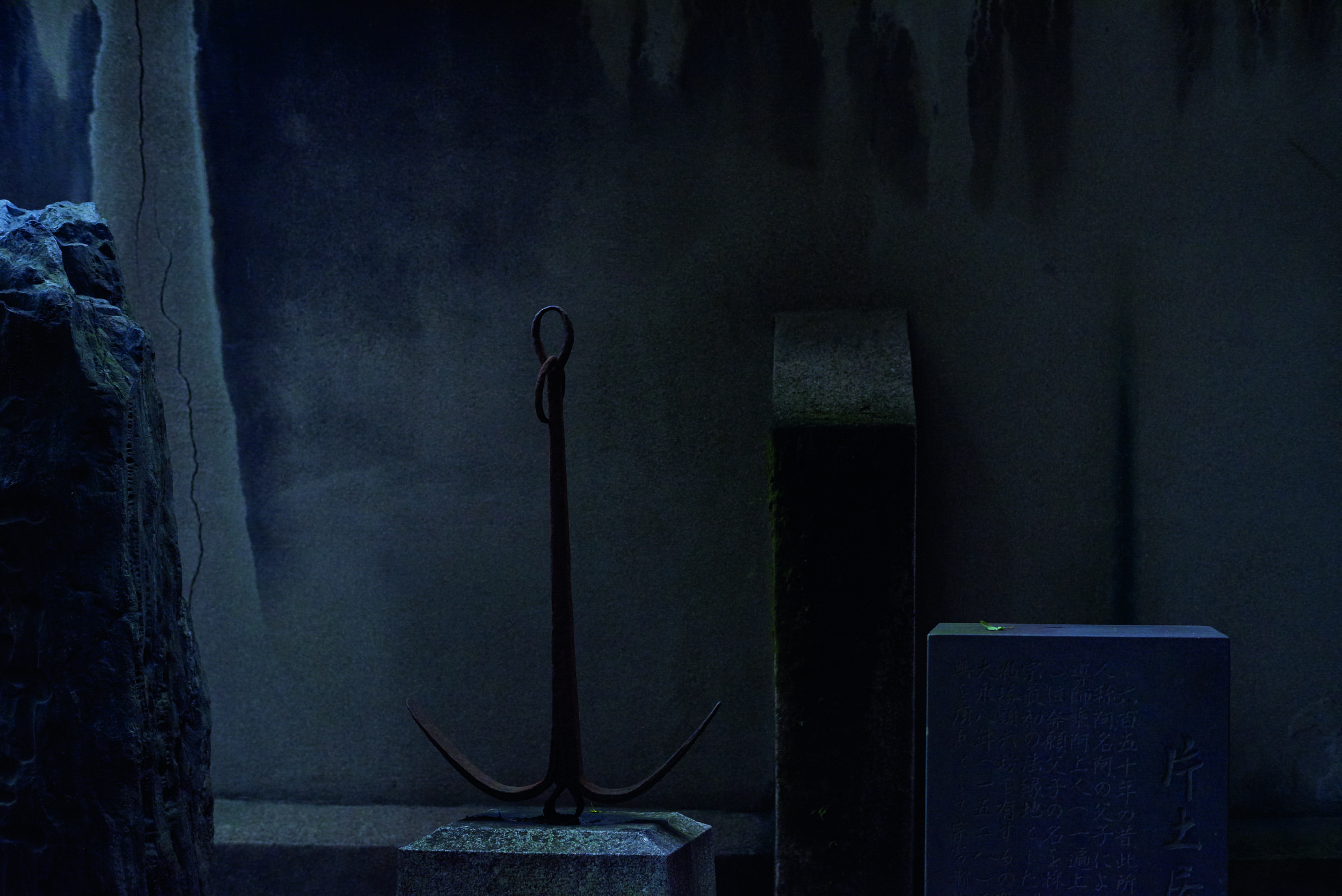
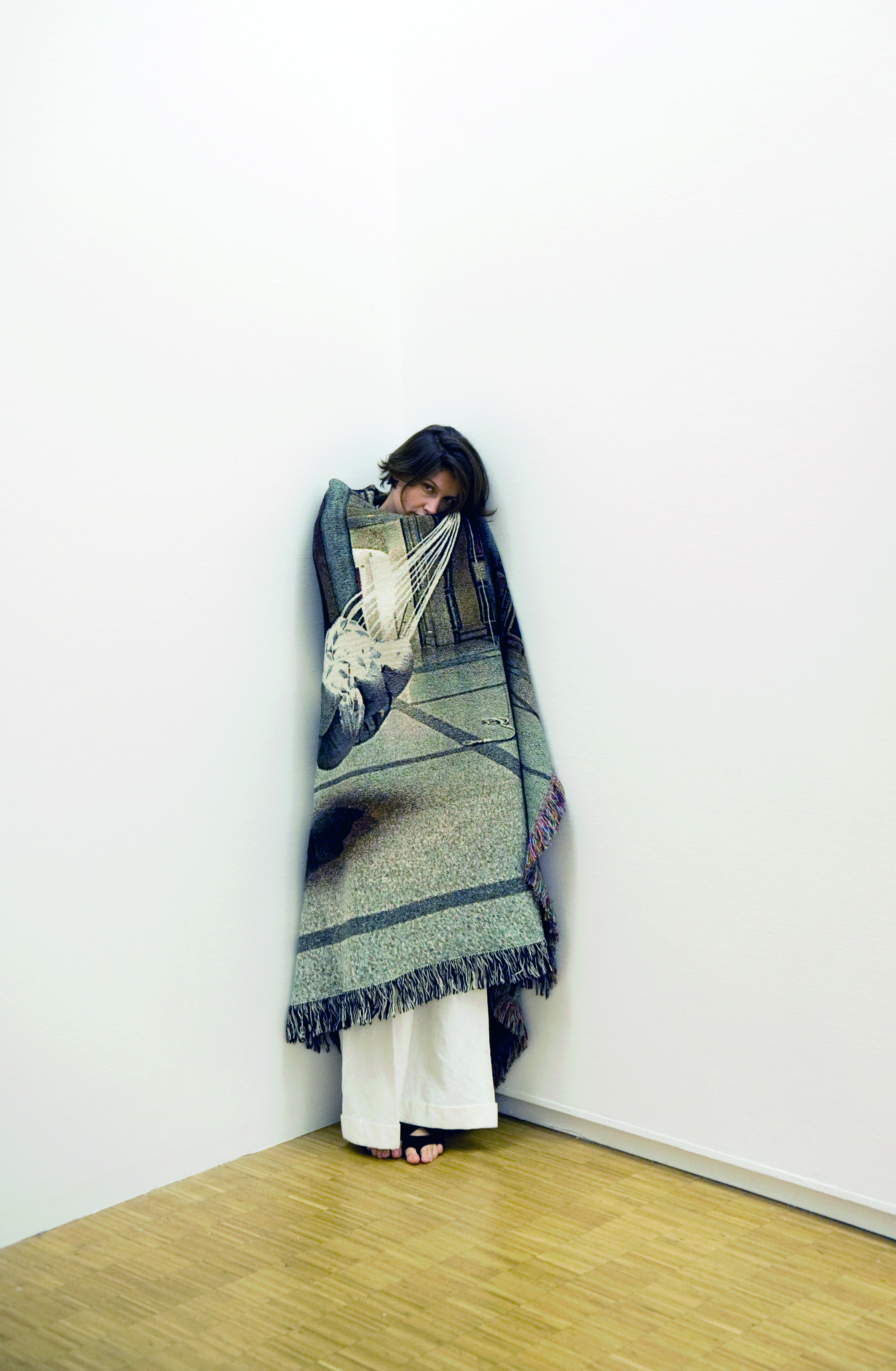
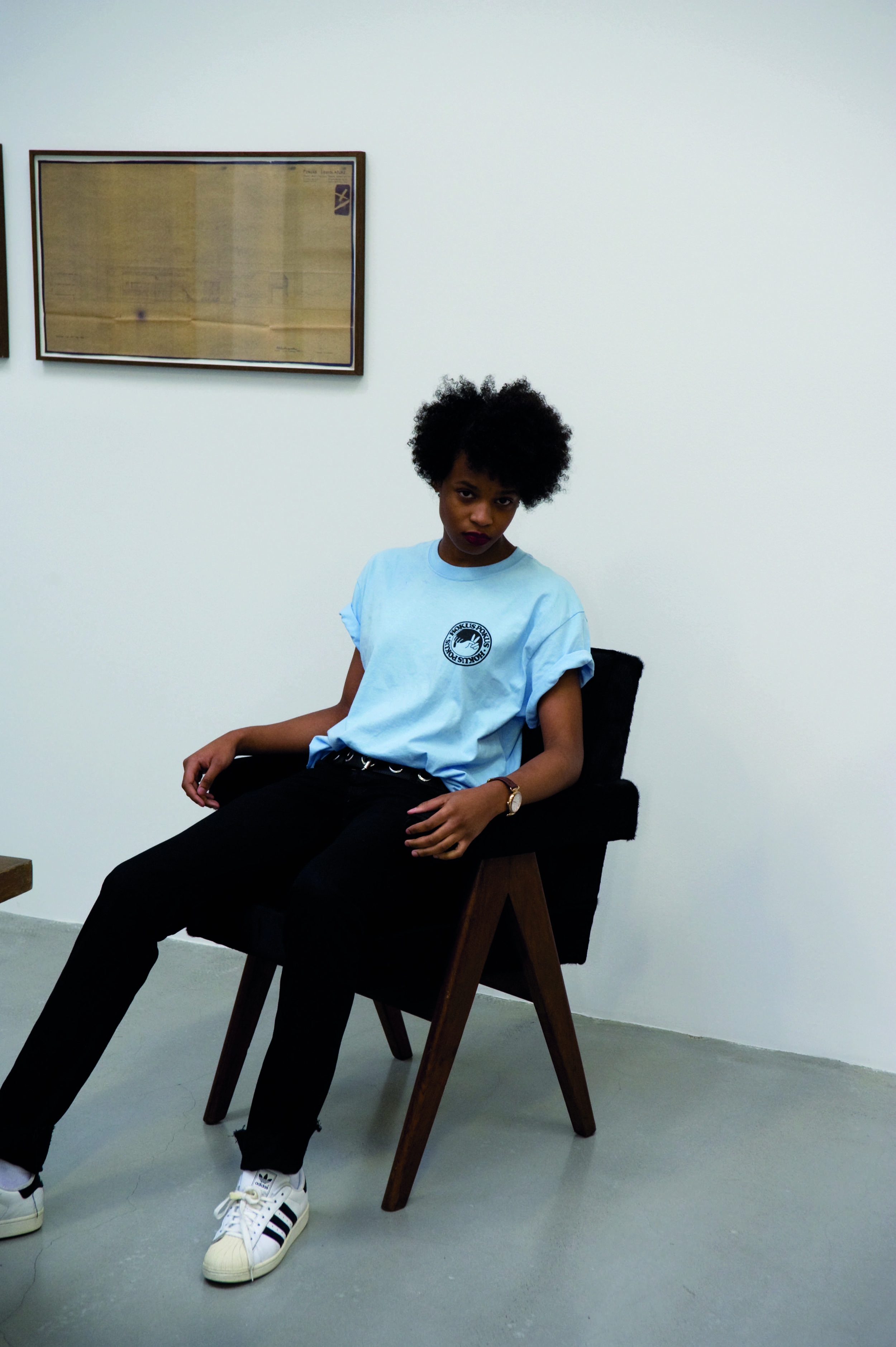
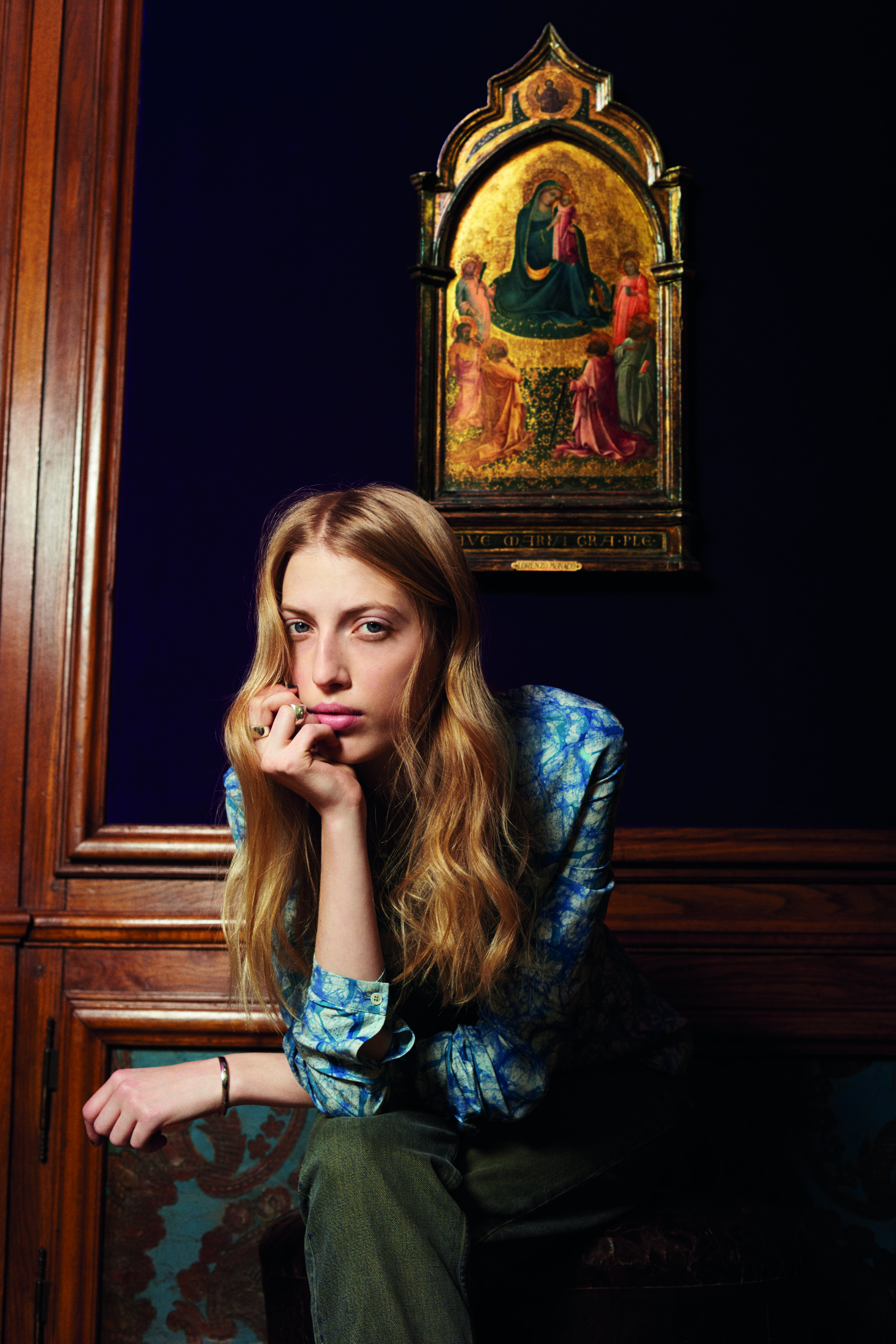

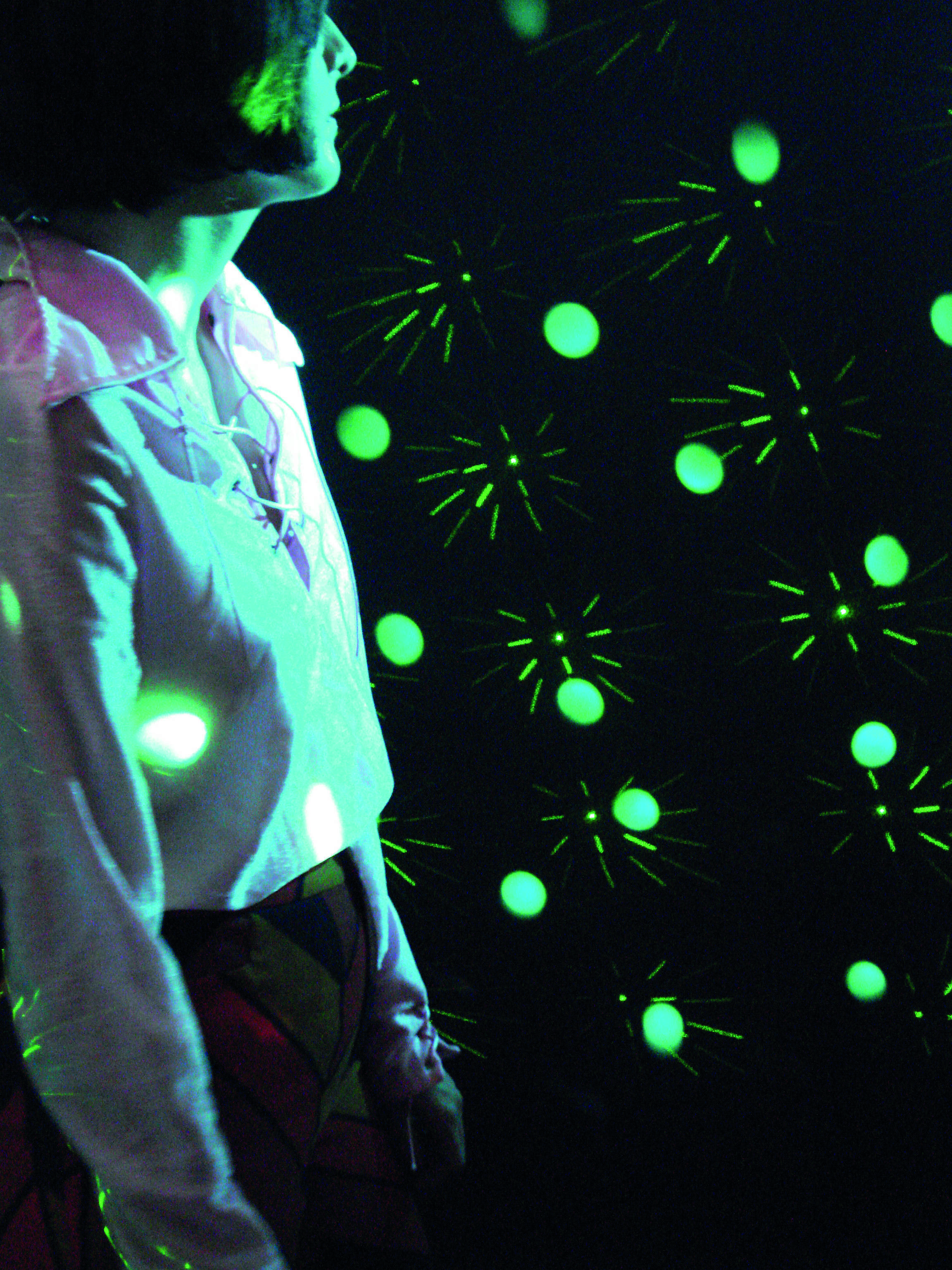
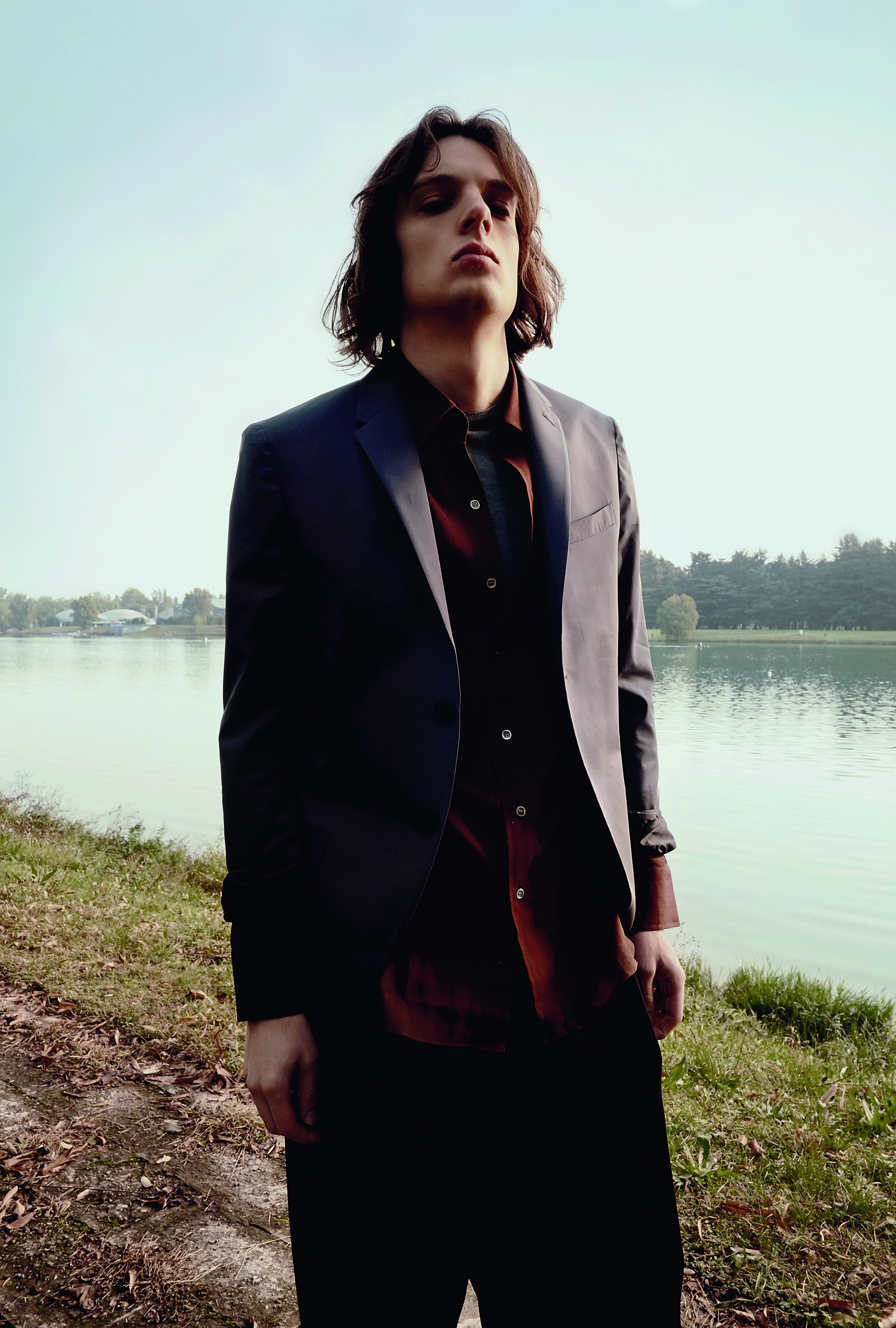


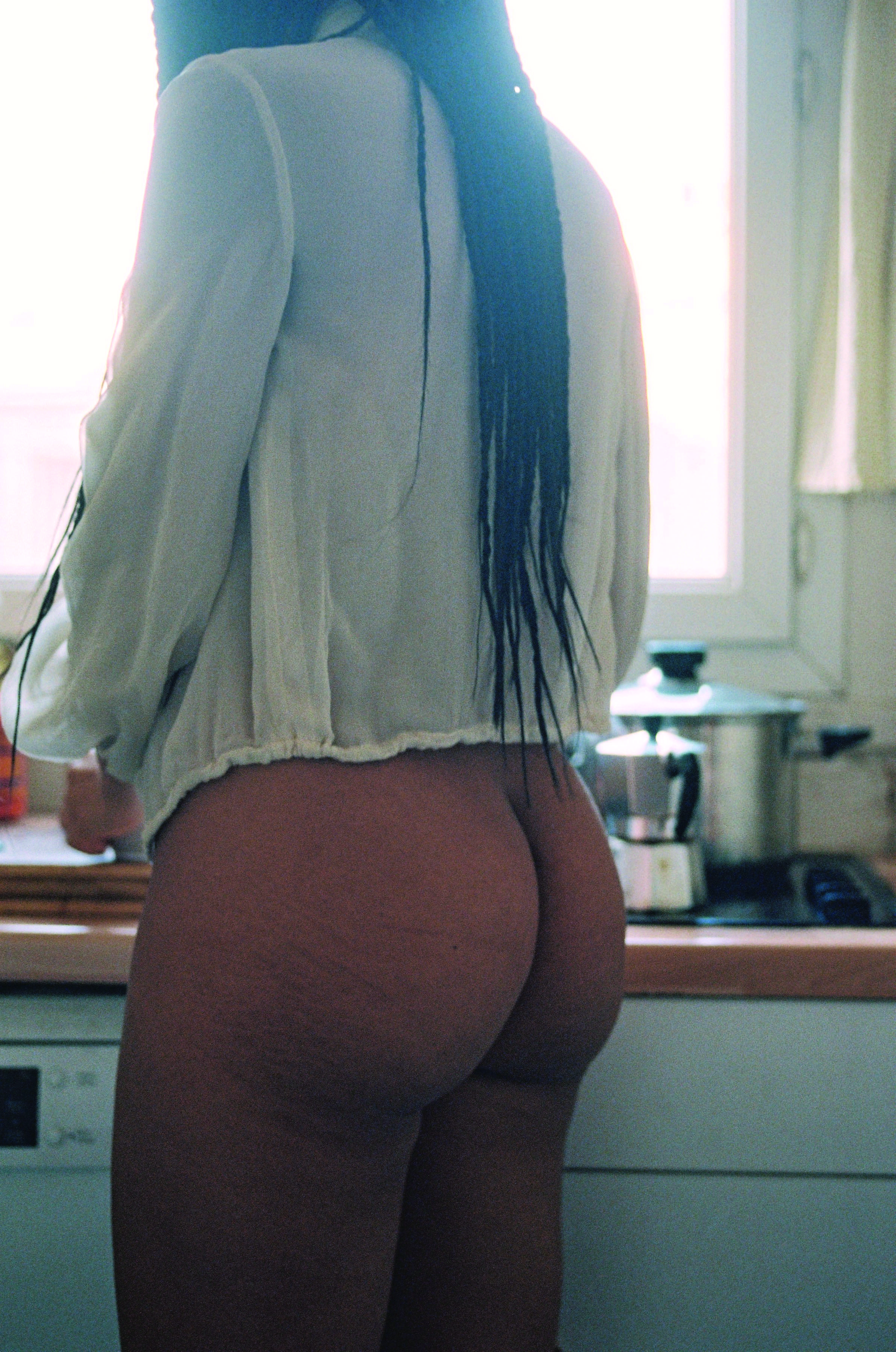

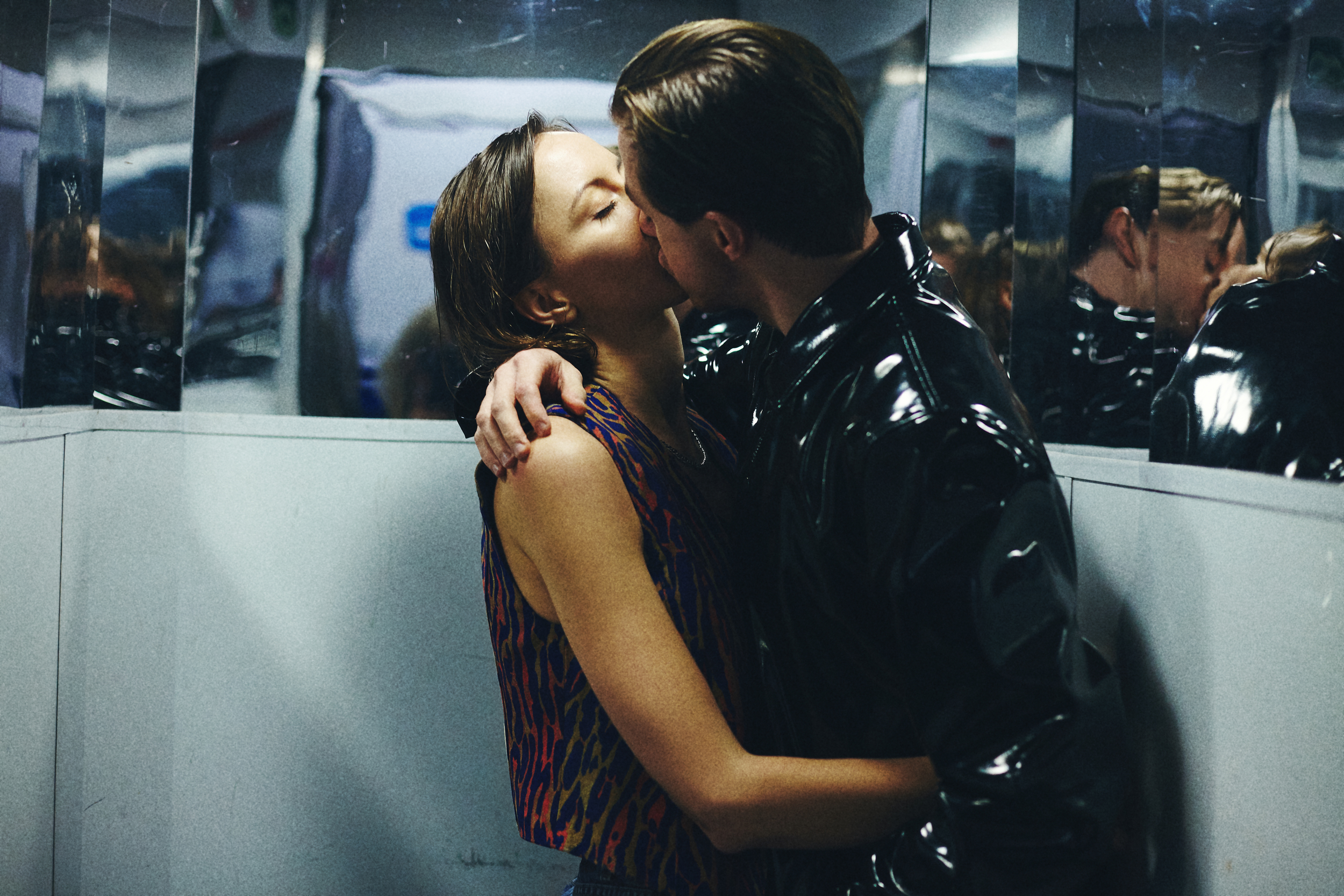



Hotel Tokyo / Yoshiyuki Okuyama / Hadarrah More